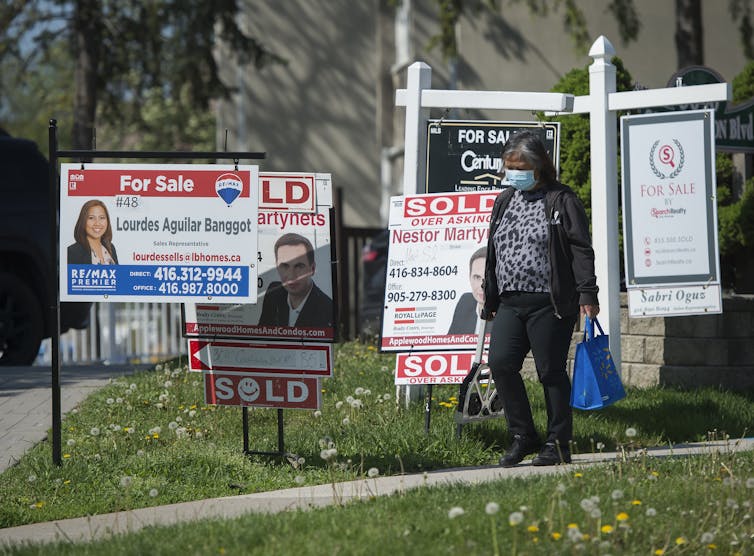
The relationship between newcomers and the Canadian economy involves three key pillars: job availability, a sufficient population of working age and affordable housing. All three pillars must be supported by the government — if one is missing, the entire system collapses.
While Canada has always relied on newcomers for population growth because of its low birth rate, both housing affordability and job availability tend to fluctuate much more drastically.
In the past, Canadian newcomers have struggled to find quality employment because of tight job markets and credential recognition barriers. As such, many newcomers have found themselves underemployed in gig jobs and part-time minimum wage positions.
However, the recent labour shortage, precipitated by the retirement of the baby boomers and compounded by the pandemic, has resulted in a boon of available jobs for newcomers.
With a low national birth rate and a high labour demand, immigration is more important than ever to sustain and grow the Canadian economy.
To accomplish such a goal, Canada’s department of immigration has set a target to admit between 950,000 and 1,260,000 new permanent residents over the next few years. Canada needs to ensure these new residents have safe, secure and affordable places to call home when they arrive.
Housing pillar still unsupported
While Canada now has jobs available for newcomers, and the immigration policies needed to fill those job vacancies, immigrants and migrants are still struggling with finding places to live. Rapidly escalating housing costs and low housing availability are a lethal combination for newcomers.

In spite of more new units being built than ever before, as household size continues to shrink, more units are needed to house the same population size. Ontario needs to build one million homes, and Vancouver 156,000, over the next decade to address the housing gap and accommodate families who are struggling with housing stability.
The combination of modest population growth, housing financialization and increased housing demand is rapidly driving prices up. These factors have led to housing becoming deeply unaffordable for many. Without affordable housing, newcomers will go elsewhere, our labour shortage will continue and Canada will struggle to sustain economic growth.
The myth of the Canadian dream
Over the past five years, we have conducted research on the long-term housing outcomes of Syrian government-assisted refugees who settled in Canada from 2015-16. We have met with these families regularly to assess their housing quality and progress towards achieving housing stability.
Throughout the course of our research, we have witnessed how frustrated many refugees are with being unable to achieve housing stability. Initially under-housed in small apartments, most refugee families aim to gain employment so they can eventually purchase larger homes to suit their families.
But no matter how quickly they improve their economic condition, housing quickly moves out of reach with the rising costs of fuel and on food.

With home prices surging and the rental market escalating, newcomer families find themselves locked into their current rental units, unable to buy a home or even rent a larger place. The only option left for them is to remain under-housed and disappointed at having been oversold on what Canada offers.
Better policies needed
Ultimately, ensuring Canada’s economic growth will require policies that both increase housing supply and ensure affordability of this supply. If housing affordability stalls population growth, the labour shortage will become even more of a crisis than it already is.
All levels of government must take immediate action to improve housing supply and affordability, including by increasing the supply of affordable housing. Government intervention has to be better co-ordinated and should reduce the amount of administrative red tape faced by community-based organizations trying to lead affordable housing projects.
This includes, but should not be limited to, implementing the recent recommendations proposed by Ontario Housing Affordability Task Force that focuses on increasing housing density, for example.
To make the housing market responsive to newcomers’ needs, this should include the development of larger housing units to accommodate families. This is especially relevant because the children of newcomers will eventually participate in the Canadian labour market.
Housing, immigration and the economy must work together. Currently, it seems like housing is not working for anyone except investors. Addressing the housing issue by adopting a human rights framework put us on an accelerated path to meet newcomer families’ housing needs.
Fawziah Rabiah-Mohammed receives funding from SSHRC.
Abe Oudshoorn receives funding from the Social Sciences and Humanities Research Council in Canada.
Cindy Brown receives funding from SSHRC.
Luc Theriault receives funding from SSHRC. He is affiliated with CCPA-NS.
This article was originally published on The Conversation. Read the original article.







